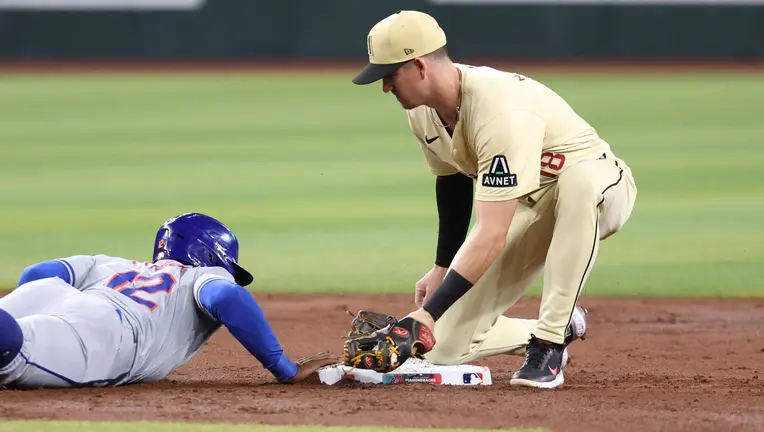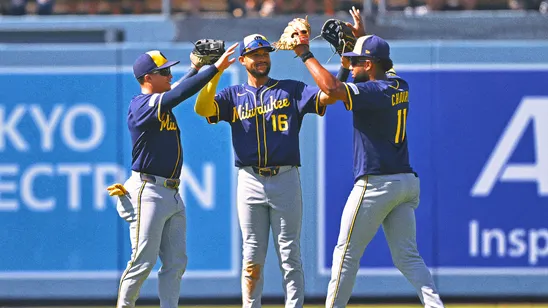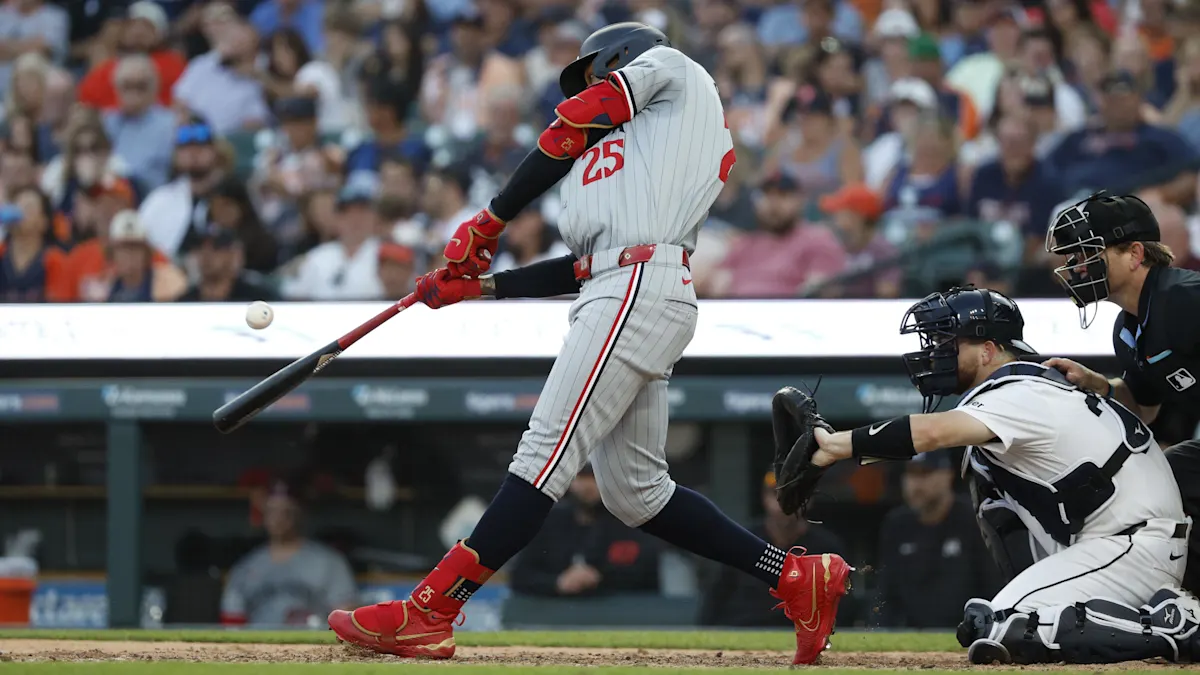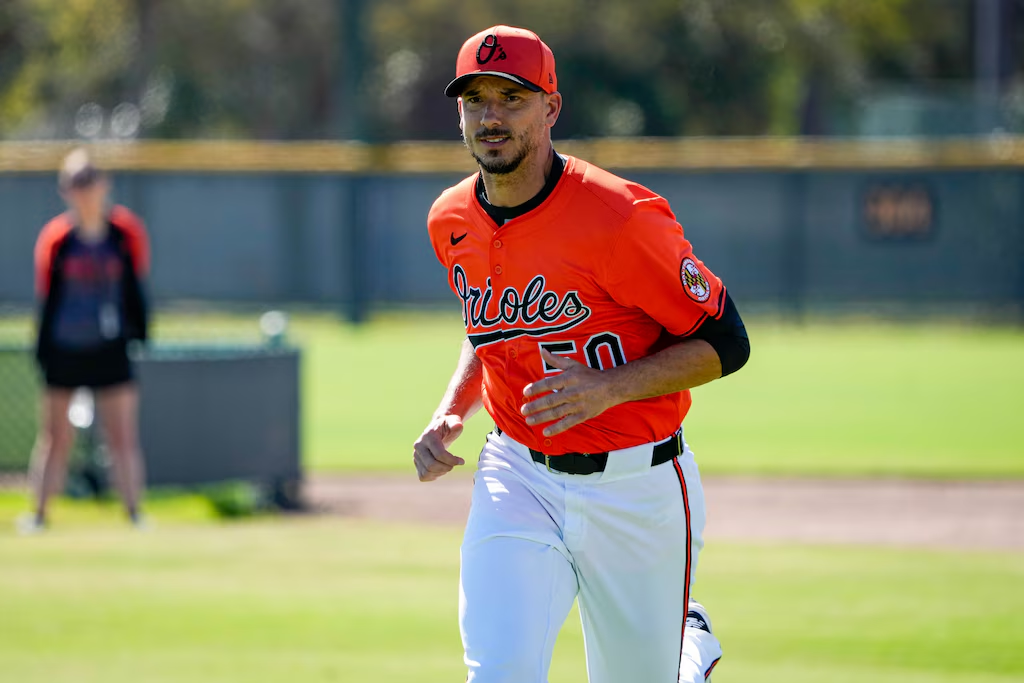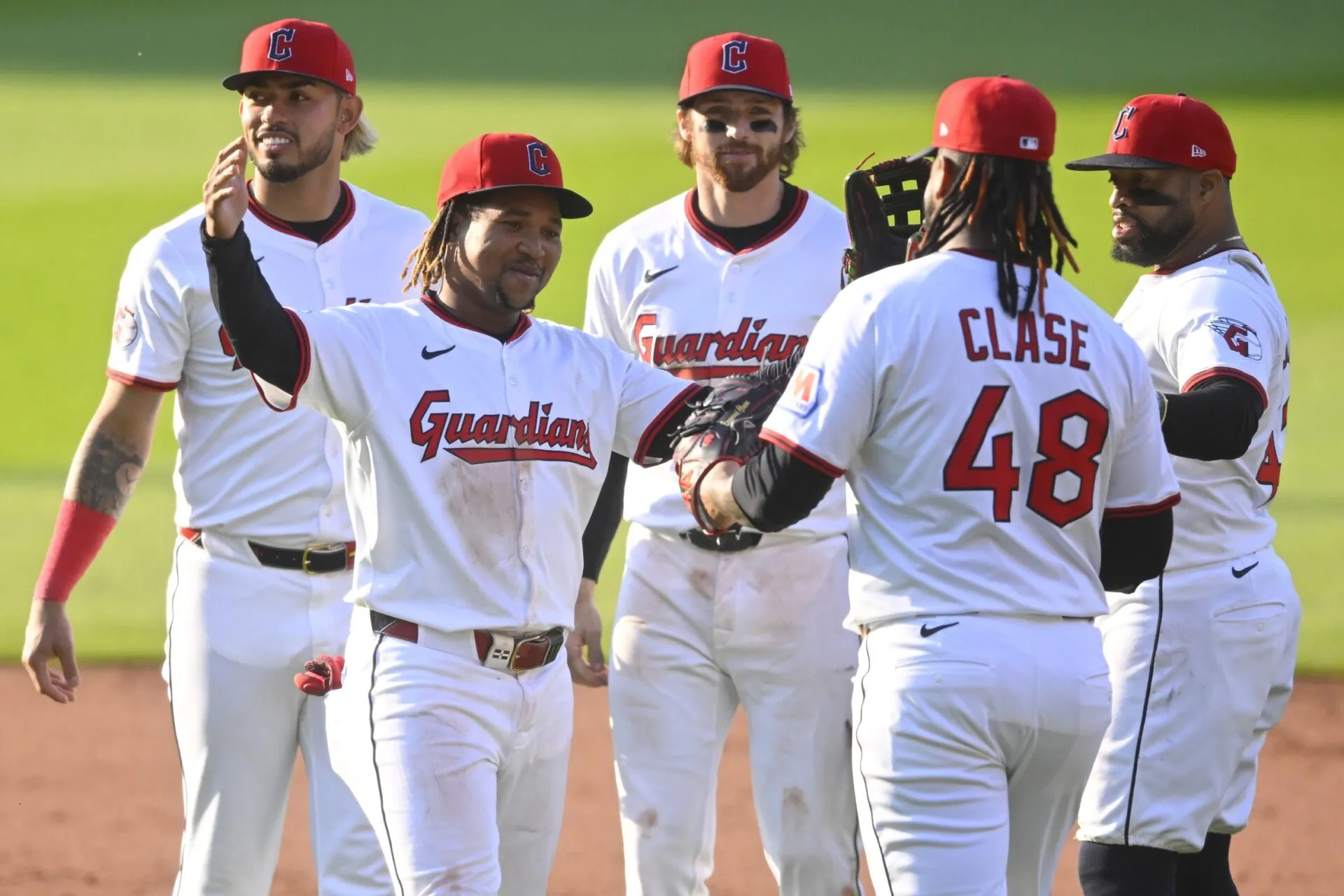Left-hander Sean Manaea has signed two-year deals with opt-out clauses in each of the past two offseasons and is expected to hit the market again this winter. According to USA Today’s Bob Nightengale, Manaea is likely to opt out of the second year and $13.5 million on his contract unless something unexpected happens. Manaea discussed his back-to-back short-term deals with Nightengale, mentioning that while he’s open to a longer-term contract, he enjoys the excitement of shorter deals with opt-outs.
Manaea, who will turn 33 in February, is having one of his best seasons yet. He has started 27 games and pitched 150 1/3 innings for the Mets, posting a solid 3.35 ERA with a 25% strikeout rate and an 8.8% walk rate. After favoring his four-seamer in recent years with the Padres and Giants, Manaea has returned to using his sinker as his primary pitch, throwing it 40.8% of the time. He has also increased his slider usage (26%) while reducing his reliance on the changeup (11.7%) and occasionally mixing in four-seamers and cutters.

This new pitch mix has been effective for Manaea, who is averaging 5 2/3 innings per start, boasting nearly a career-high strikeout rate, and keeping his walk rate slightly above average. He’s limited home runs (0.96 HR/9) and avoided much hard contact (88.8 mph average exit velocity, 38.2% hard-hit rate). While his chase rate is modest (27%), hitters are making contact on those swings at the second-lowest rate of his career (53.4%).
Manaea has long shown the potential for a season like this. He typically posts better-than-average walk rates and average or better strikeout rates. Though he was considered a top 10 draft pick in 2013, a hip injury caused him to slip to the 34th pick, where he was selected by the Royals. This was the first of several significant injuries for Manaea, including a shoulder surgery that caused him to miss most of the 2019 season.
Since then, however, Manaea has been a reliable source of innings. He started nearly a full slate of 11 games in the shortened 2020 season and has appeared in 32, 30, 37, and 27 games per season since. Although the Giants often used him as a multi-inning reliever and bulk pitcher behind openers in 2023, leading to 27 relief appearances that year, he still logged 117 2/3 innings. Manaea has remained healthy since his 2018 shoulder surgery.
Given his strong performance this season, it’s no surprise that Manaea is once again eyeing free agency. This time, he’s likely to secure a multi-year deal, though he may continue to prefer the flexibility of short-term contracts with opt-outs. As he approaches his age-33 season, a four-year deal seems like the maximum he might receive, with a three-year contract being more realistic. Even with a two-year deal, Manaea would likely earn more annually than the $13.5 million on his current contract.
A key question surrounding Manaea’s free agency is whether the Mets will extend him a qualifying offer (QO). If Manaea declines his player option, the Mets could extend a QO, which would net them a compensatory draft pick if Manaea signs elsewhere. However, they’d need to be willing to pay the projected $21.2 million QO, a significant amount considering the team’s frequent luxury tax penalties under owner Steve Cohen.
With a projected $171 million payroll for next year, the Mets have some breathing room below the $241 million luxury tax threshold. Still, with several key players, including Manaea, Pete Alonso, Luis Severino, Jose Quintana, and others, set to become free agents, the Mets could quickly find themselves back in luxury tax territory. If the Mets are again subject to the top tier of luxury tax penalties, offering Manaea a QO could cost them as much as $44.52 million, making it a costly decision. Additionally, the Mets would only receive a compensatory pick after the fourth round if Manaea signed elsewhere, which might lead them to forgo the QO and let Manaea enter free agency unburdened by draft pick compensation. This could further enhance his free-agent prospects following a strong season.






